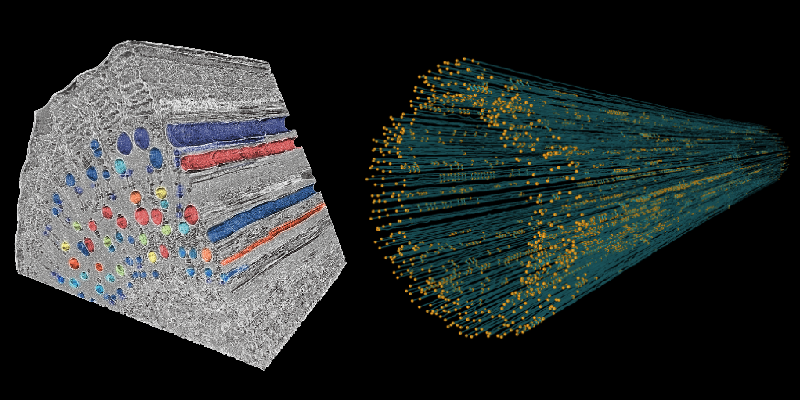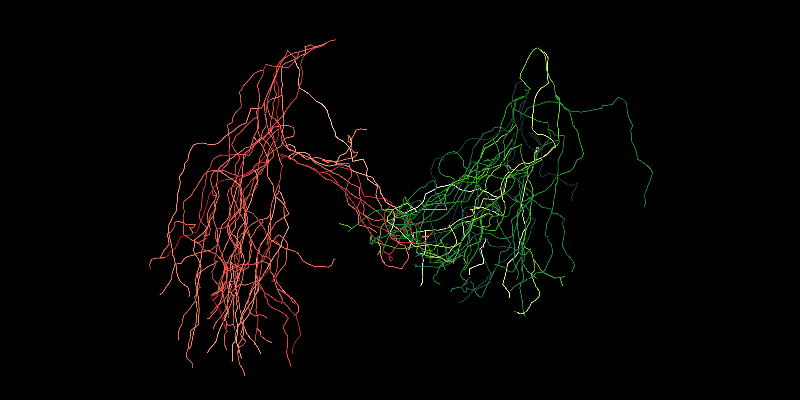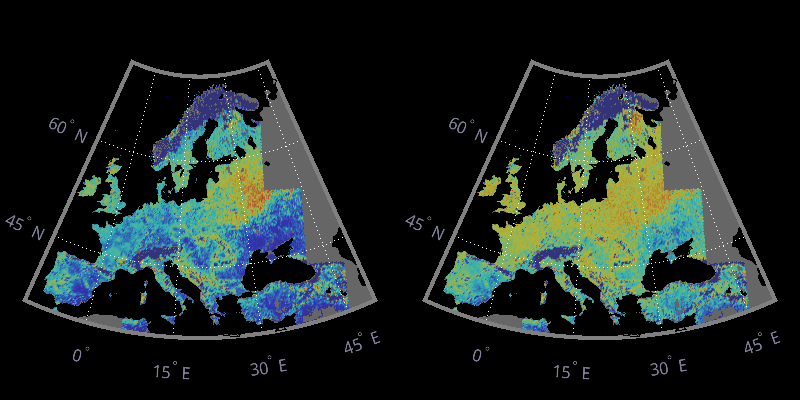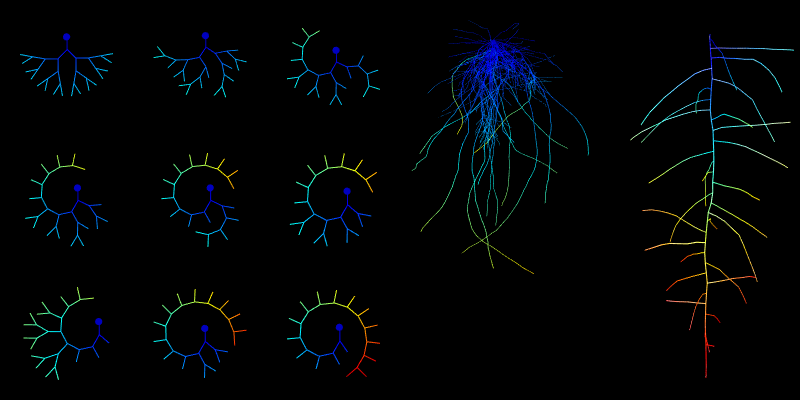10. Scaling plant hydrodynamic function

Scaling plant hydrodynamic function
Plants must acquire and move sufficient water resources to sustain carbon capture for photosynthesis. Small-scale plant hydraulic processes constrain plant evolution and mediate large-scale exchanges of carbon, water, and energy between the land surface and atmosphere. We aim to bridge scales of plant hydraulic description to reveal how emergent dynamics arise out of smaller-scale plant functioning. Improving our mechanistic understanding of plant hydrodynamics in this way is a key to understanding the place of plants in a changing world.Projects:
AI-controlled dynamic root competition for soil resources
Plant growth requires soil resources, whose distribution can be strongly variable in both space and time, with resource-rich patches and resource-poor gaps occurring down to scales of centimetres and hours....
Martin Bouda, Štěpán Kříž
Network properties and hydraulic function of plant vascular tissue
Xylem tissue serves as the path for water flow from roots to leaves, where it is lost to transpiration. Classical understanding of xylem structure and function revolves around the properties...
read more...Scaling plant water uptake for regional land surface simulations
As land-atmosphere exchanges of heat, water, and carbon are often mediated by vegetation, they are strongly affected by plant access to soil moisture. Yet soil moisture limitation of plants is...
Martin Bouda, Kateřina Růžičková
Water uptake from organ- to plant-scale
The composition and placement of plant roots contributes to a plant’s ability to acquire water efficiently from the surrounding soil. We analyse root system network properties to reveal evolutionary links...
Martin Bouda, Kateřina Růžičková




